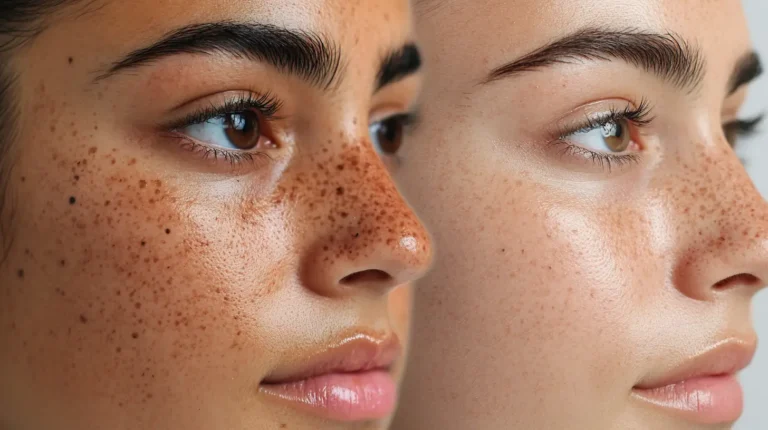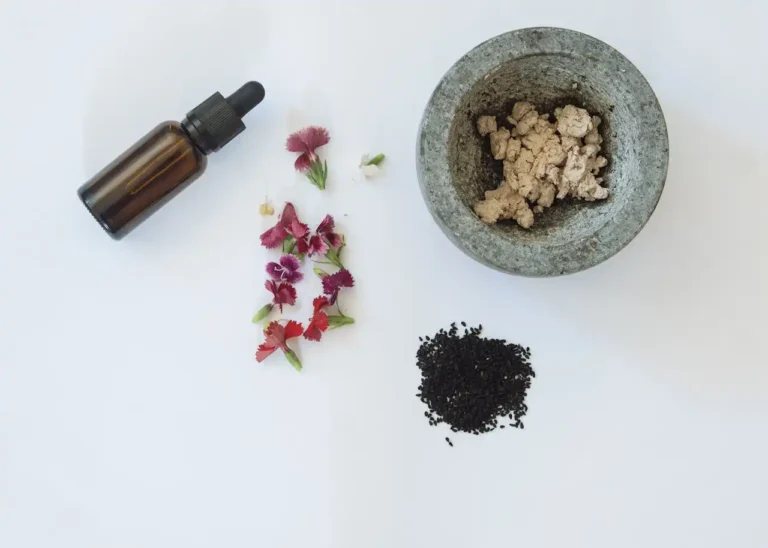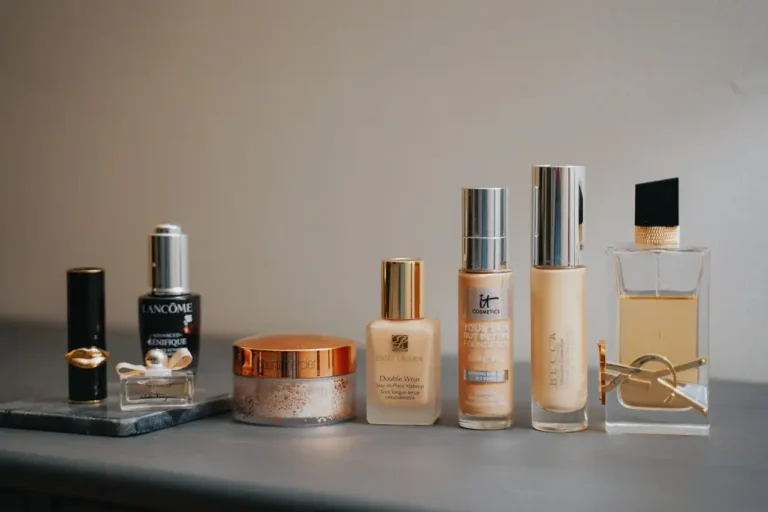Common Skincare Myths You Should Stop Believing
Your bathroom cabinet probably holds more skincare products than you care to count, yet your skin still isn’t cooperating.
Before you blame your genetics or buy another miracle cream, consider this: you might believe some common skincare myths that actually sabotage your efforts.
Myth 1: You Need to Wash Your Face Multiple Times a Day

You’ve probably heard that clean skin equals healthy skin, so washing your face three or four times daily seems logical.
This myth persists because people associate frequent cleansing with better hygiene and clearer skin.
However, over washing strips your skin of essential natural oils called sebum. Your sebaceous glands produce these oils to protect and moisturize your skin naturally.
When you remove too much sebum, your skin compensates by producing even more oil, creating a frustrating cycle.
Most dermatologists recommend washing your face twice daily—once in the morning and once before bed.
This routine removes dirt, makeup, and excess oil without disrupting your skin’s natural barrier.
If you exercise or work in a particularly dusty environment, you can add one extra gentle cleanse.
Choose a mild, pH-balanced cleanser that won’t leave your skin feeling tight or squeaky clean, as that sensation indicates you’ve stripped away protective oils.
Myth 2: Oily Skin Doesn’t Need Moisturizer
Many people with oily skin skip moisturizer entirely, thinking it will make their skin greasier. This misconception leads to a cascade of skin problems that could easily be avoided.
Your skin produces oil for protection and hydration. When you skip moisturizer, your skin becomes dehydrated (lacking water, not oil).
Dehydrated skin often overcompensates by producing more sebum, making your oily skin problem worse.
Additionally, many acne treatments and oil-control products contain drying ingredients like salicylic acid or benzoyl peroxide.
Without proper moisturization, these treatments can irritate your skin and cause peeling or redness.
Choose lightweight, non-comedogenic moisturizers specifically formulated for oily skin.
Look for ingredients like hyaluronic acid, which attracts water without adding heaviness, or niacinamide, which helps regulate oil production while providing hydration.
Apply moisturizer to damp skin for better absorption, and don’t forget your neck and décolletage—these areas need hydration too.
Myth 3: Higher SPF Means You Can Stay in the Sun Longer
SPF numbers create confusion about sun protection. The difference isn’t as dramatic as the numbers suggest.
Many people believe SPF 50 provides twice the protection of SPF 25, or that higher SPF allows for extended sun exposure without reapplication.
SPF (Sun Protection Factor) measures protection against UVB rays, which cause sunburn. SPF 30 blocks about 97% of UVB rays, while SPF 50 blocks about 98%.
More importantly, SPF ratings assume you apply sunscreen correctly—about 1/4 teaspoon for your face and 1 ounce for your entire body.
Most people apply much less, reducing the actual protection significantly. No sunscreen provides complete protection, regardless of SPF level.
You should reapply every two hours, more frequently if you’re swimming or sweating. High SPF sunscreens often contain more chemical filters, which can irritate sensitive skin.
Focus on broad-spectrum protection (covering both UVA and UVB rays), proper application, and regular reapplication rather than chasing the highest SPF number available.
Myth 4: Natural and Organic Products Are Always Better
The clean beauty movement has convinced many consumers that natural ingredients are inherently safer and more effective than synthetic ones.
This myth appeals to people’s desire for “chemical-free” skincare, though everything—including water—is technically a chemical.
Natural doesn’t automatically mean gentle or effective. Poison ivy is natural, but you wouldn’t rub it on your face.
Many natural ingredients can cause allergic reactions or skin irritation. Essential oils, for example, are common allergens despite their natural origin.
Synthetic ingredients often undergo rigorous testing and quality control that natural ingredients may lack.
Many synthetic ingredients are identical to their natural counterparts at the molecular level but offer better stability and purity.
Some natural ingredients do provide excellent skincare benefits—like aloe vera for soothing or green tea for antioxidants.
However, synthetic alternatives sometimes work better or cause fewer side effects.
Judge products by their ingredient list, formulation, and your skin’s response rather than whether they’re labeled “natural” or “organic.”
A well-formulated product with both natural and synthetic ingredients often provides the best results.
Myth 5: You Should Pop Pimples to Help Them Heal
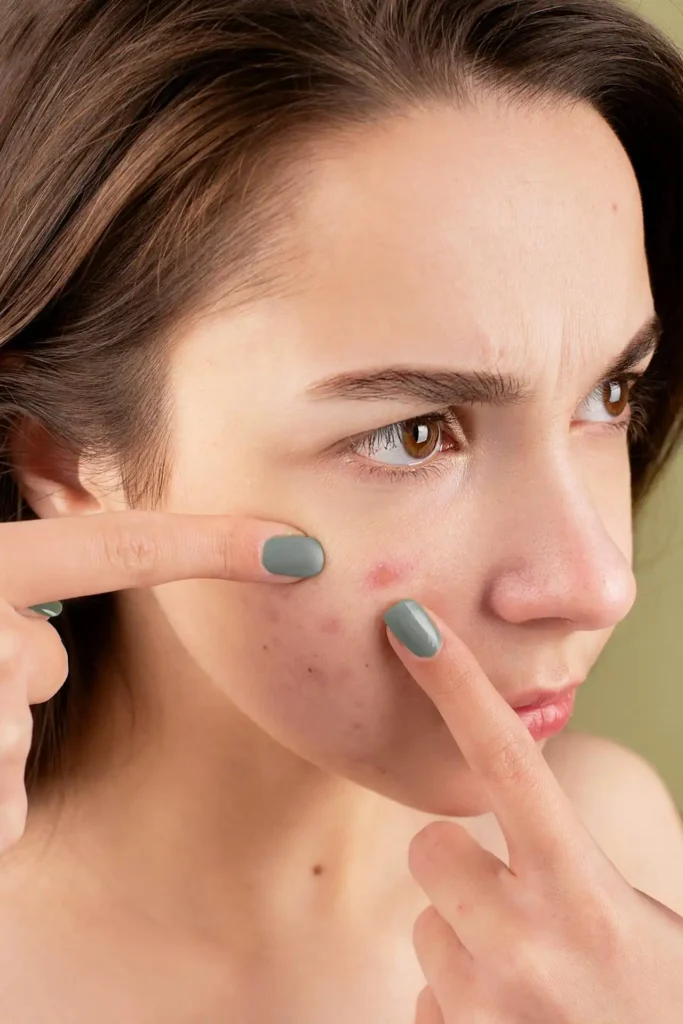
The temptation to squeeze a whitehead or extract a blackhead feels irresistible, especially when you have an important event coming up.
Popular social media videos showing pimple extractions make the process look satisfying and beneficial.
Popping pimples pushes infected material deeper into your skin, potentially spreading bacteria to surrounding areas.
This can create more breakouts and increase inflammation. Your fingers and nails harbor bacteria that can introduce new infections to the open wound.
Squeezing also damages surrounding healthy tissue and can lead to permanent scarring or dark spots (post-inflammatory hyperpigmentation).
These marks often take months to fade and may require professional treatment.
Professional extractions performed by licensed estheticians or dermatologists use sterile tools and proper techniques to minimize damage.
They can safely remove blackheads and certain types of pimples without causing trauma to your skin.
For at-home care, apply a warm compress to bring pimples to a head naturally, use spot treatments with salicylic acid or benzoyl peroxide, and cover active breakouts with hydrocolloid patches that draw out impurities safely.
Myth 6: You Don’t Need Sunscreen on Cloudy Days
Cloud cover creates a false sense of security about UV exposure. Since you can’t feel the sun’s heat as intensely, you might assume your skin isn’t at risk for damage.
Clouds block only 10-40% of UV rays, depending on their thickness and type. UVA rays, which cause aging and contribute to skin cancer, penetrate clouds easily.
These rays also pass through glass, meaning you need protection indoors near windows.
UV rays reflect off surfaces like water, sand, snow, and concrete, increasing your exposure even in shaded areas.
This reflected radiation can cause sunburn and skin damage even when you’re not in direct sunlight.
Many people develop sun damage gradually through daily incidental exposure—walking to their car, sitting by a window, or running quick errands.
This cumulative damage contributes significantly to premature aging and skin cancer risk.
Make sunscreen application part of your daily morning routine, regardless of weather conditions.
Choose a broad-spectrum SPF 30 or higher and apply it as the last step of your skincare routine, before makeup.
Myth 7: Expensive Products Always Work Better Than Drugstore Options
Luxury skincare marketing often implies that higher prices reflect superior ingredients or better results.
Beautiful packaging, celebrity endorsements, and exclusive retail locations reinforce the perception that expensive equals effective.
Price doesn’t determine efficacy in skincare. Many drugstore products contain the same active ingredients as luxury brands at similar concentrations.
Retinol, vitamin C, niacinamide, and hyaluronic acid work the same way regardless of the product’s price tag.
Sometimes you pay extra for packaging, marketing costs, brand prestige, or unnecessary additives rather than better ingredients.
Some luxury products contain fragrances or exotic ingredients that provide no skincare benefits but increase costs and irritation potential.
However, expensive products sometimes offer advantages like better formulations, higher ingredient concentrations, or more elegant textures.
Some luxury brands invest more in research and development or use more expensive delivery systems.
Focus on ingredient lists and your skin’s response rather than price points.
Many dermatologists recommend starting with affordable, well-formulated products and upgrading selectively based on your specific needs and preferences.
Myth 8: You Should Exfoliate Every Day for Glowing Skin
Daily exfoliation has become synonymous with good skincare in many people’s minds.
Social media influencers and beauty magazines often promote aggressive exfoliation routines for achieving “glass skin” or removing dead skin cells.
Your skin naturally sheds dead cells every 28 days through a process called desquamation.
Over-exfoliating disrupts this natural cycle and can damage your skin’s protective barrier. This leads to increased sensitivity, redness, and paradoxically, more breakouts.
Physical scrubs with harsh particles can create microscopic tears in your skin, providing entry points for bacteria.
Daily use of strong chemical exfoliants like glycolic acid or salicylic acid can cause chemical burns or severe irritation.
Most skin types benefit from exfoliating 1-3 times per week, depending on your skin’s tolerance and the type of exfoliant used.
Sensitive skin may only tolerate weekly exfoliation, while oily skin might handle more frequent treatment.
Start slowly with any new exfoliating product, using it once per week and gradually increasing frequency if your skin tolerates it well.
Always follow exfoliation with moisturizer and sunscreen, as exfoliated skin is more vulnerable to UV damage.
Myth 9: Anti-Aging Products Only Work if You Start Young
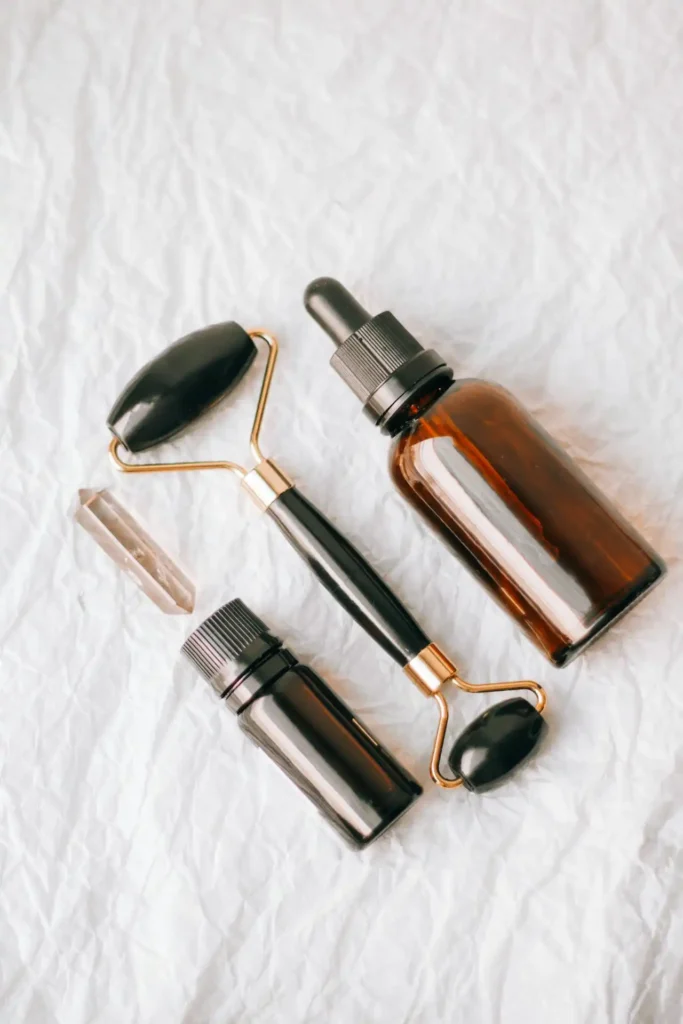
This myth creates anxiety about starting skincare routines and can discourage older adults from investing in beneficial products.
Many people believe that once visible signs of aging appear, it’s too late for preventive care to make a difference.
While prevention is indeed easier than correction, your skin continues to benefit from good care at any age.
Research shows that starting retinoids, antioxidants, and proper sun protection can improve skin texture, reduce fine lines, and prevent further damage even in mature skin.
Your skin cells regenerate throughout your lifetime, meaning improvements are always possible.
Many anti-aging ingredients work by stimulating cellular turnover, boosting collagen production, or protecting against environmental damage—processes that continue regardless of your age.
Some benefits, like improved hydration and protection against future damage, occur relatively quickly.
Others, like collagen stimulation from retinoids, may take several months to become visible but are still worthwhile.
Starting a good skincare routine in your 40s, 50s, or beyond can significantly impact your skin’s health and appearance.
Focus on gentle cleansing, daily sunscreen, moisturizing, and gradually introducing active ingredients based on your specific concerns.
Conclusion
Stop letting skincare myths guide your routine. Science-backed approaches trump trendy misconceptions every time, leading to healthier, happier skin.



